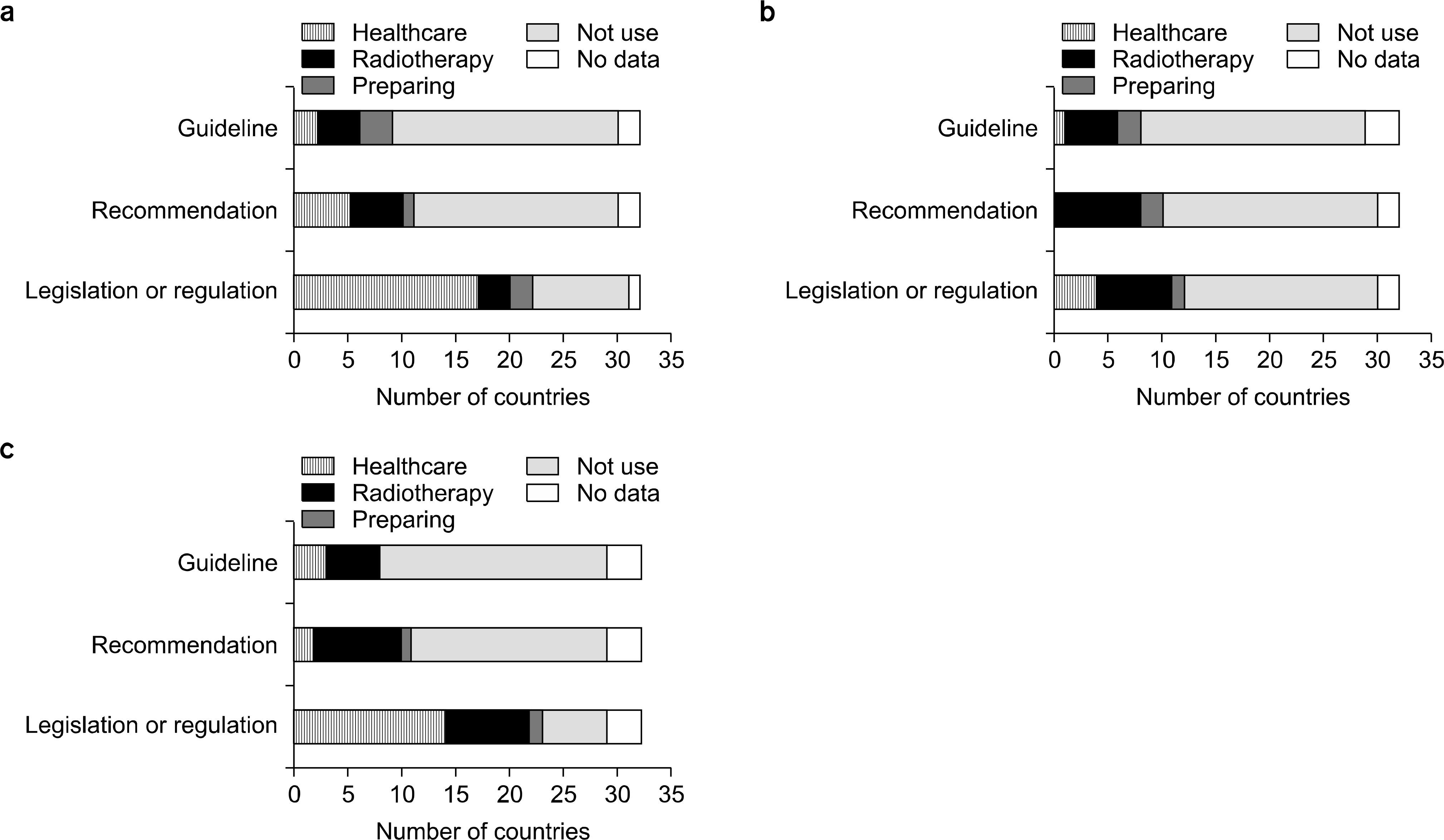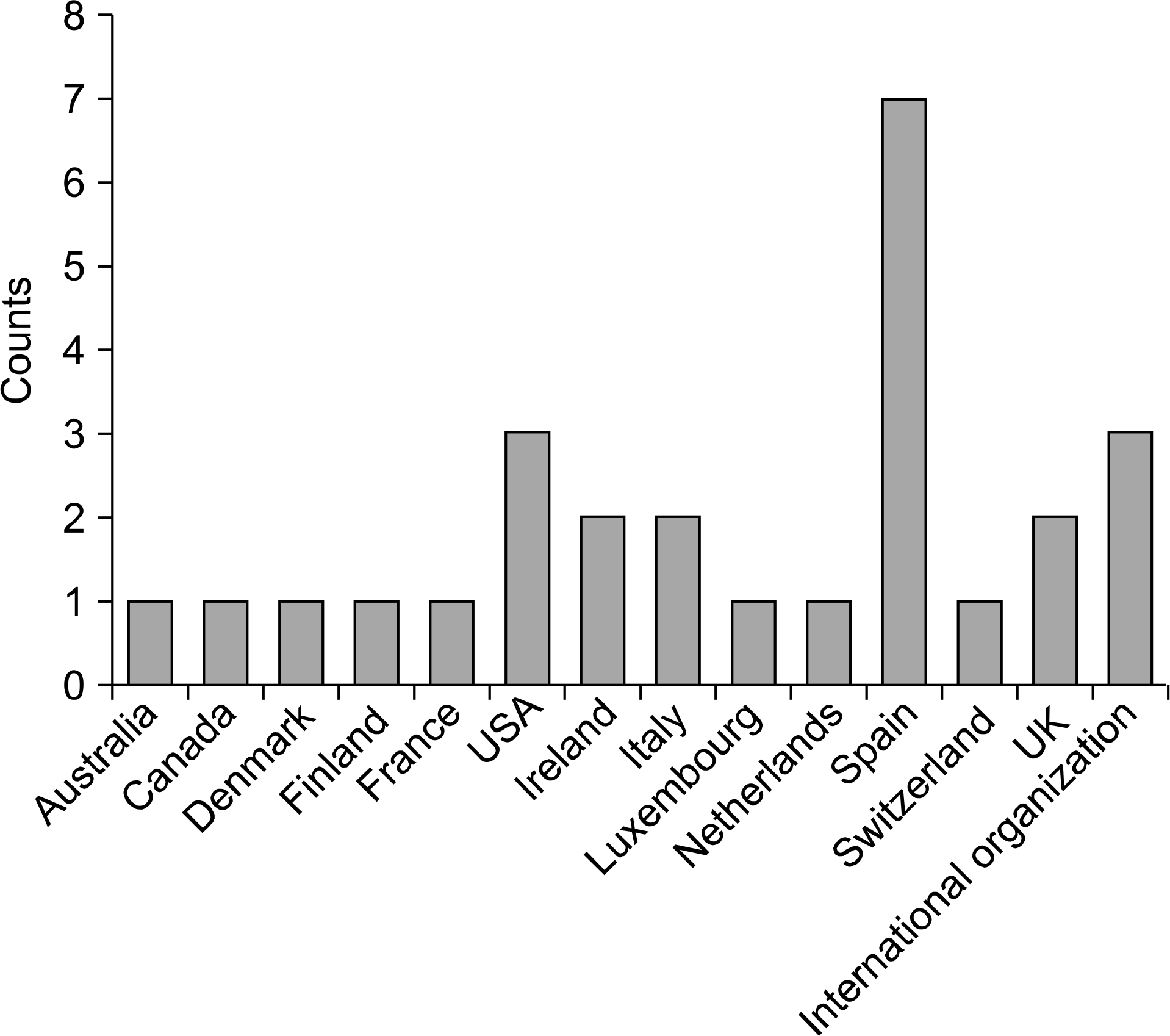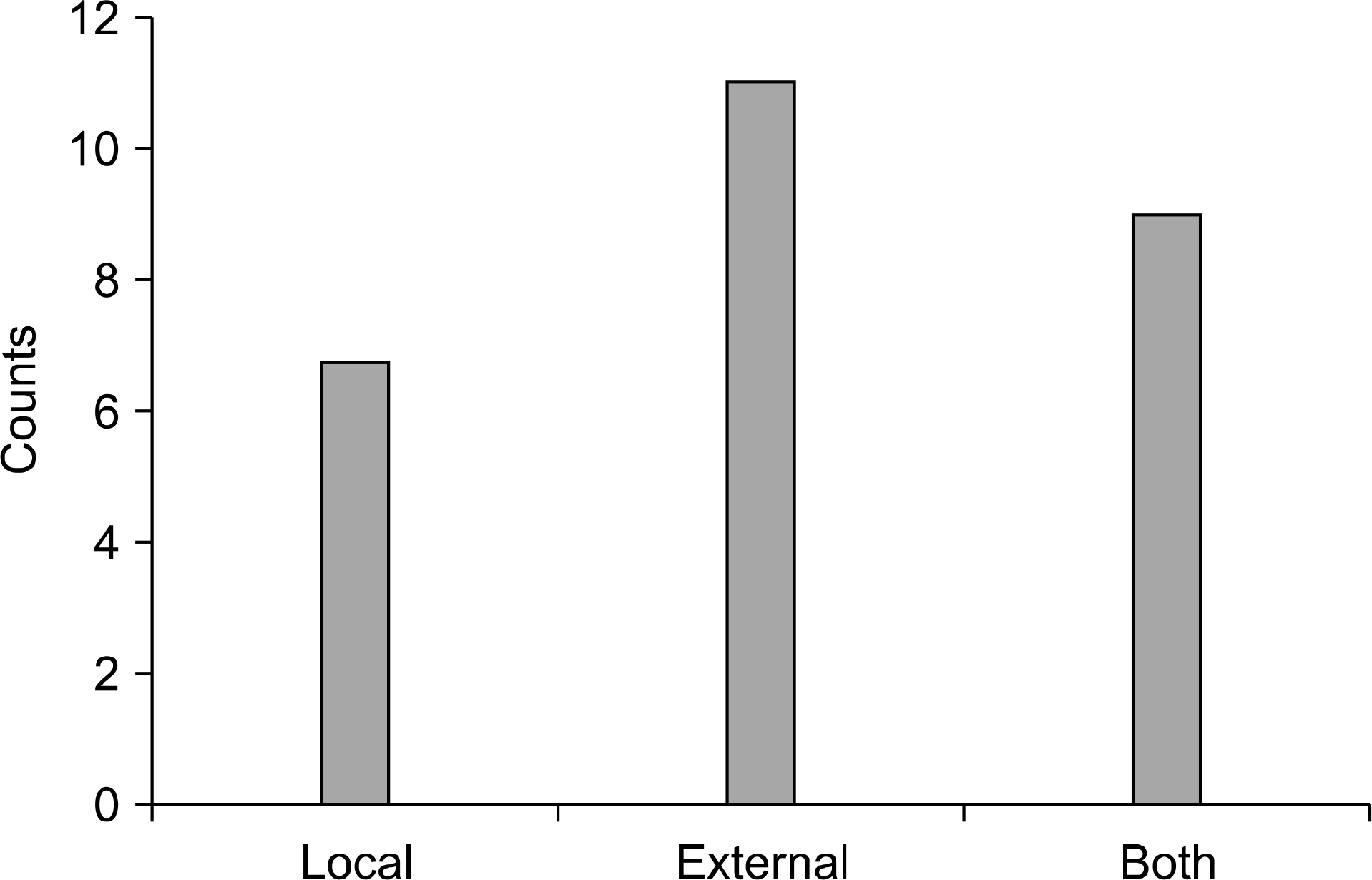1. ISO 31000. Risk management-Principles and guidelines on implementation. International Organization for Standardization; 2009.
2. Osborn S, Williams S. In: Seven steps to patient safety-The full reference guide. National Patient Safety Agency; 2004.
3. David LC, Dubetz M, Heshmati R, et al. In: A Reference Guide for Learning from Incidents in Radiation Treatment. HTA Initiative #22; 2006.
4. Battles JB, Stevens DP. Adverse event reporting systems and safer healthcare. Qual Saf Health Care. 2009; 18:2.
5. Ekaette EU, Lee RC, Cooke DL, et al. Risk analysis in radiation treatment -application of a new taxonomic structure. Radiother Oncol. 2006; 80:282–287.
6. ISO/IEC 31010:2009: Risk management - Risk assessment techniques. International Organization for Standardization (2009).
7. WHO. Radiotherapy Risk Profile. World Health Organization; 2008.

8. Radiation Protection N° 181. General guidelines on risk management in external beam radiotherapy. Luxembourg: European Commission; 2013.
9. AAPM Task Group 100 report. Application of risk management methods to radiation therapy quality management. American Association of Physicist in Medicine; 2016.
10. ICRP Publication 86. Prevention of Accidental Exposures to Patients Undergoing Radiation Therapy. Annals of the ICRP; 2000.
11. ICRP Publication 112. Preventing Accidental Exposures from New External Beam Radiation Therapy Technologies. Annals of the ICRP; 2009.
12. HTA Initiative #15. Quantitative Approaches to Patient Safety - Research in Risk Analysis and Risk Management as Applied to Radiotherapy. Canada: AHFMR; 2004.
13. Radiation Oncology Practice Standards New Zealand. A tripartite initiative RANZCR, AIR and ACPSEM. 2013.
14. PHE-CRCE-016. Data Report on Radiotherapy Errors and Near Misses (December 2011 to November 2013). Public Health England; 2014.

30. Cantone MC, Ciocca M, Dionisi F, et al. Application of failure mode and effects analysis to treatment planning in scanned proton beam radiotherapy. Radiat Oncol. 2013; 8:127.

31. Scorsetti M, Siqnori C, Lattuada P, et al. Applying failure mode effects and criticality analysis in radiotherapy: lessons learned and perspectives of enhancement. Radiother Oncol. 2010; 94(3):367–374.

32. Ciocca M, Cantone MC, Veronese I, et al. Application of failure mode and effects analysis to intraoperative radiation therapy using mobile electron linear accelerators. Int J Radiat Oncol Biol Phys. 2012; 82(2):e305–e311.

33. Vilaragut JJ, Duménigo C, Delgado JM, et al. Prevention of accidental exposure in radiotherapy: the risk matrix approach. Health Phys. 2013; 104(2):139–150.
34. Portaluri M, Fucilli FI, Bambace S, et al. Incidents analysis in radiation therapy: application of the human factors analysis and classification system. Ann Ist Super Sanita. 2009; 45(2):128–133.





 PDF
PDF ePub
ePub Citation
Citation Print
Print





 XML Download
XML Download